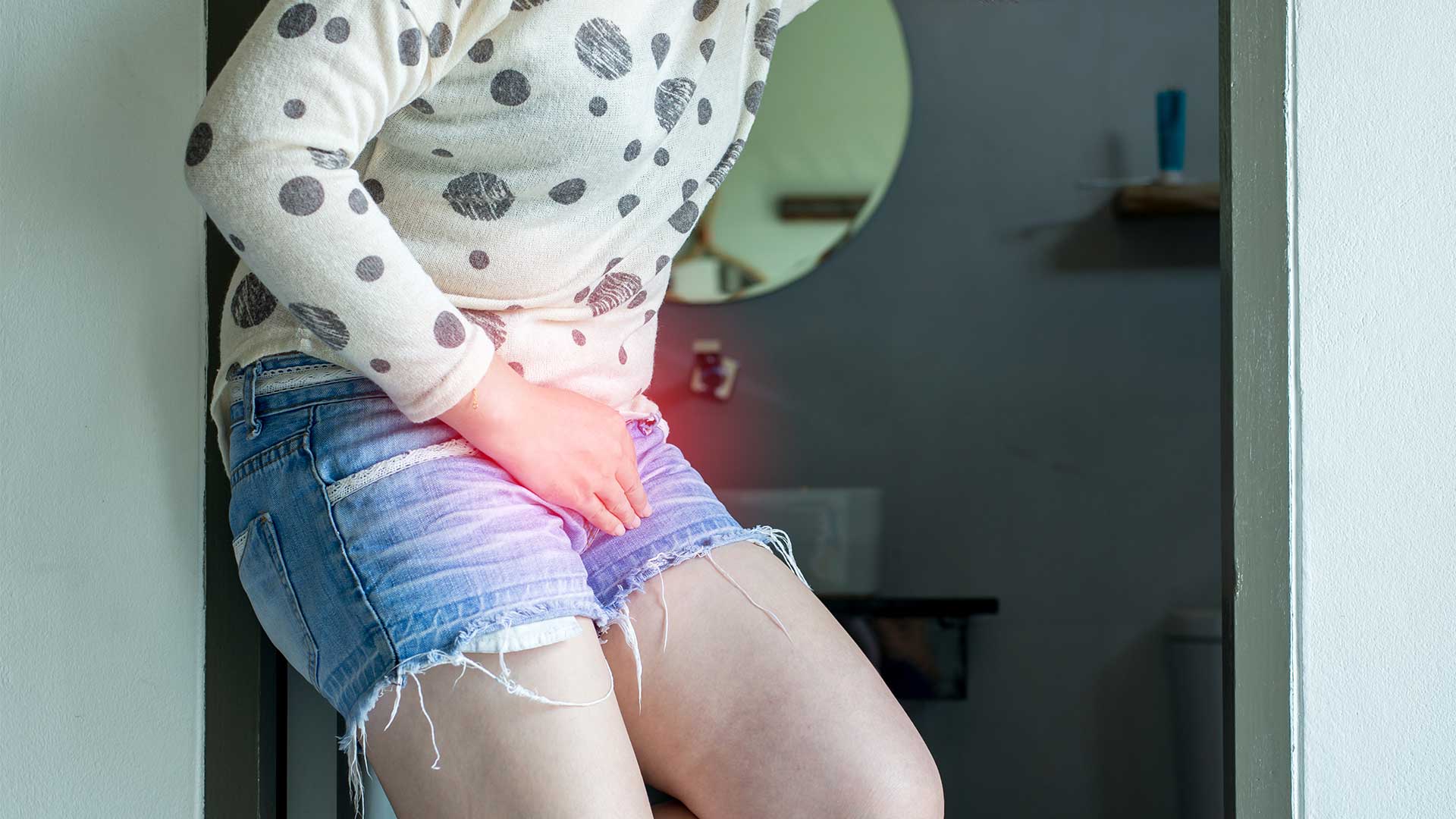
Pelvic health for mental health
We are all reminded, during and after pregnancy, of the importance of our pelvic floor exercises. According to the NCT a third of us suffer from incontinence in the three months after childbirth. But what’s worrying is that almost 38 percent said they were self conscious about speaking to a healthcare professional about it. And what’s that going to cause? Anxiety!

Getting your pelvic floor muscles back into shape after giving birth is one of the most fundamental things you can do to improve your confidence and feel secure about getting back out into the real world. It’s one less thing to worry about after all!
Sarah Fellows is a mum of two and a physiotherapist specialising in pelvic health.“I have struggled with the feelings of anxiety more so since having my children I think” Sarah told us. “Before that I didn’t really realise that I had an anxiety issue but it was magnified by having children. And since my anxiety has improved, I realised how bad I was in the immediate postnatal period. Manifesting as quite erratic behaviour and the need to be busy and to exercise all of the time.
“I felt that exercising all of the time would alleviate the anxiety but the more I exercised, the more I broke my immune system. I struggled with stress incontinence because of the amount I was exercising and because of my quick return to exercise, and that’s what made me want to go into pelvic health physiotherapy.”
Find out more about Sarah and her story here, or scroll below for her videos on how to understand and look after your pelvic health post pregnancy.
Meet Sarah Fellows, a fellow anxiety sufferer
When you’re in that place of feeling anxious, worried or stressed, it can feel all encompassing. But you can do something about it and steer yourself in the direction of calm. Here are three simple techniques you can use to instantly reduce levels of anxiety and transport yourself back to a place of balance.
1. Learn about the functional pelvic floor
Do you know what the pelvic floor is and what it does? It’s an amazing bit of kit and a massive multitasker inside your body. Working tirelessly for us throughout the day. Sarah talks you through it…
2. Let’s breathe better
How do we breathe? Good breathing mechanics are a powerful healing tool for anxiety. And you can learn a number of different breathing techniques on this website. But the way we hold ourselves affects these breathing mechanics. In the video above, Sarah talks about how the diaphragm and pelvic floor work together in a cylinder-type movement. But many of us are breathing incorrectly – exacerbated by anxiety, tight chests and shallow breathing, which means any breathing technique you try won’t work for you because you haven’t got the basics right. Too many of us when we have anxiety breathe with a braced abdominal wall rather than breathing with our belly. And this video below explains how you can correct that, so that you can increase your oxygen intake, strengthen your pelvic floor, start to relax and move onto other breathing techniques.
3. Exercises for the pelvic floor
Now we want to start working on relaxing and strengthening your pelvic floor. This is a simple, easy to follow set of exercises which aren’t demanding or rigorous on the body. As with all of our videos, please do not attempt any exercise until you have been signed off by your GP and always take professional medical advice before attempting new exercises.
We have lots more techniques...
